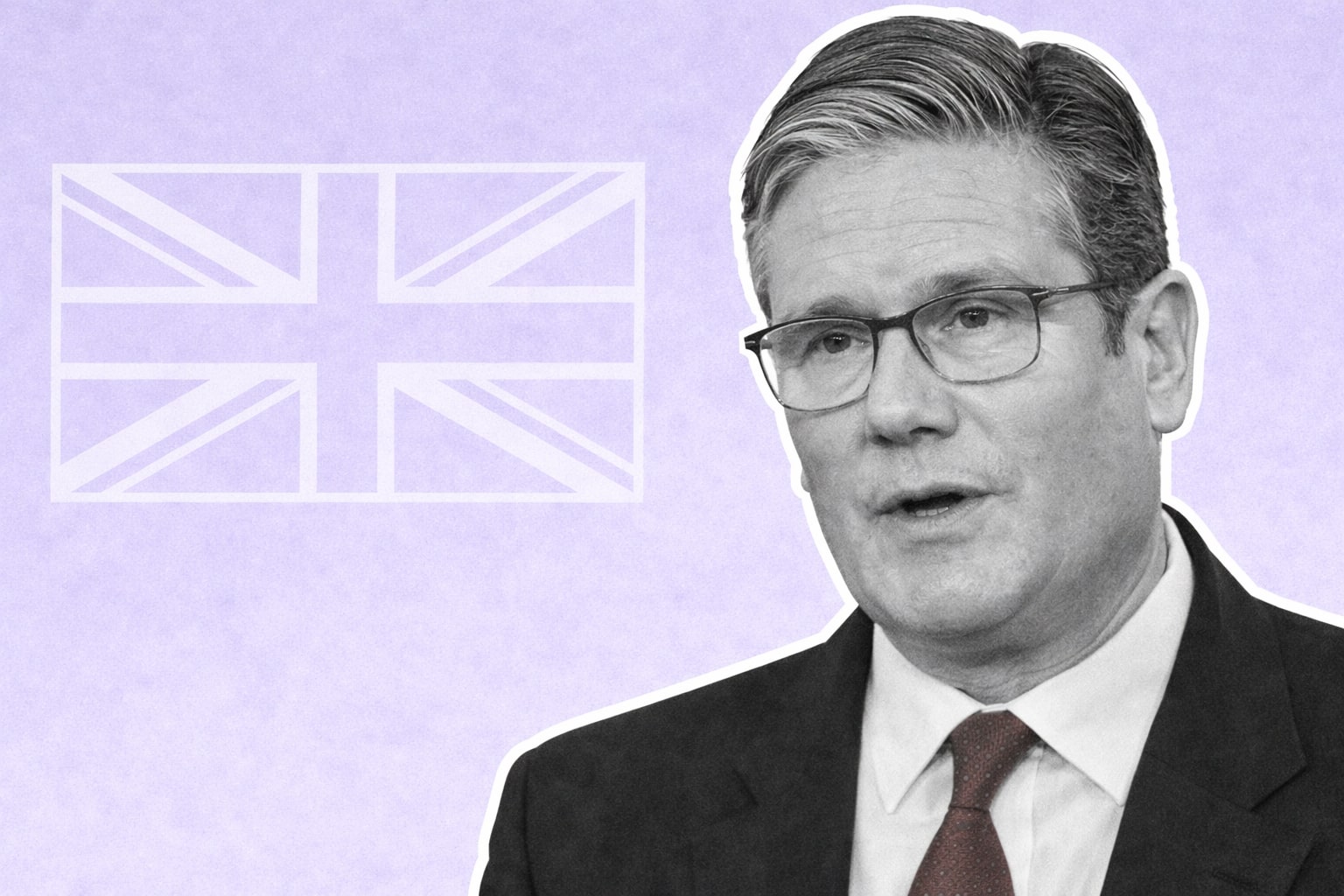Bank of Canada Raises Overnight Rate to a 22-Year High Amid Economic Resilience and Persistent Inflation
Central Bank Reignites Tightening Cycle to Rein in Inflation, Despite Global Economic Softening
In a development marking a 22-year high, the Bank of Canada has raised its overnight rate to 4.75%, indicating the continued resilience of the Canadian economy, amidst global economic headwinds. This move further solidifies the Bank's commitment to its policy of quantitative tightening.
Global consumer price inflation is on the decline, largely due to decreased energy costs from the previous year. However, underlying inflation continues to be high. Major central banks worldwide are hinting at possible hikes in interest rates in order to regain price stability, responding to economic growth slowdowns caused by increased interest rates. The US economy is experiencing a downturn, yet its consumer spending remains surprisingly stable, with a persistent tight labor market. Europe is seeing stagnant economic growth, yet core prices continue to rise. Expectations are that growth in China will decelerate following a surge in the first quarter of this year. Financial conditions are reverting to pre-crisis levels seen prior to the bank failures in the US and Switzerland.
Canada's economy exceeded expectations in Q1 2023, with a GDP growth rate of 3.1%. This has been driven by a surprising and broad-based increase in consumption, even after considering the lift from population gains. Demand for services has been steadily increasing, coupled with an uptick in spending on interest-sensitive goods. Furthermore, the housing market activity has shown signs of recovery.
The labor market remains tight as increased immigration and participation rates contribute to the expansion of the worker supply. However, the rapid hiring of these new workers shows that the demand for labor continues to outpace the supply. These indicators suggest a stronger and more persistent excess demand in the economy than previously anticipated.
CPI inflation nudged up to 4.4% in April, marking the first rise in a decade, as prices for a wide array of goods and services exceeded forecasts. This inflation increase was observed despite a drop in energy costs. Services price inflation has stayed high, an indicator of strong demand and a tight labor market. The Bank projects a moderation of CPI inflation to around 3% during the summer due to the ripple effect of lower energy prices and as the impact of last year's significant price increases tapers off. But with three-month core inflation metrics remaining in the 3.5%-4% range for several months and the persistence of excess demand, there are mounting concerns that CPI inflation might significantly exceed the 2% target.
The Bank's Governing Council made the decision to increase the policy interest rate based on this body of evidence, emphasizing that monetary policy was not adequately restrictive to reestablish supply-demand equilibrium and sustainably return inflation to the 2% target. Quantitative tightening is aiding the restrictive monetary policy stance, and facilitating the normalization of the Bank's balance sheet. The Governing Council will continue to monitor the dynamics of core inflation and the outlook for CPI inflation.
This latest increase in the policy interest rate is noteworthy, marking a peak not seen since April and May of 2001. This move signals the continuation of a trend that began in March 2022 when the Bank started a series of rate hikes, eight in total, bringing borrowing costs to a 15-year high of 4.5%. The Bank had held rates steady since January to observe the impacts of the previous hikes.
The Bank also noted an uptick in inflation in April, with core inflation persistently high. This resulted in increased concerns that CPI inflation might remain substantially above the 2% target. In response, the governing council deemed that monetary policy had not been sufficiently restrictive to reestablish supply-demand equilibrium and sustainably return inflation to the 2% target. Analysts and markets are forecasting a more than 60% probability of another rate hike in July, with further tightening fully anticipated by September.
Commenting on the economic rebound from the COVID-19 pandemic and the inflationary pressure stoked by Russia's invasion of Ukraine, Canada's Finance Minister Chrystia Freeland remarked that no country is better poised for a soft landing than Canada. She also added optimism about nearing the end of this challenging period and returning to a low, stable inflation and strong, steady growth.
Yet, not all analysts were anticipating a rate increase at this time. A majority believed that a rate increase would be more likely at the next meeting in July. Approximately two-thirds of economists polled by Reuters last week expected the central bank to maintain rates until the end of 2023. The Bank of Canada has decided to continue to monitor economic indicators to see if they align with the inflation target, indicating a more open-ended approach for future decisions.
The current rise in rates and the anticipation of further increases is a testament to the resilience of the Canadian economy. The Bank of Canada has taken a proactive stance in managing inflation and stimulating economic growth, highlighting its commitment to price stability, a move likely to have far-reaching implications for the global economy.
Read More
-
Pagaya Stock Price Forecast - PGY at $23.20: Is PGY Stock the Cheapest AI Fintech of 2026?
19.12.2025 · TradingNEWS ArchiveStocks
-
XRP Price Forecast: XRP-USD Stuck at $1.87 With $3 2026 Target and $10–$25 Long-Term Range
19.12.2025 · TradingNEWS ArchiveCrypto
-
Oil Price Forecast: WTI Near $56 and Brent at $60 Signal Risk Toward $50
19.12.2025 · TradingNEWS ArchiveCommodities
-
Stock Market Today: AI Chip Rally Lifts Nasdaq as $7.1T Quad Witching Hits
19.12.2025 · TradingNEWS ArchiveMarkets
-
GBP/USD Price Forecast - Pound at 1.34 As BoE Cut And Soft Dollar Keep Bullish Path Toward 1.35
19.12.2025 · TradingNEWS ArchiveForex



















